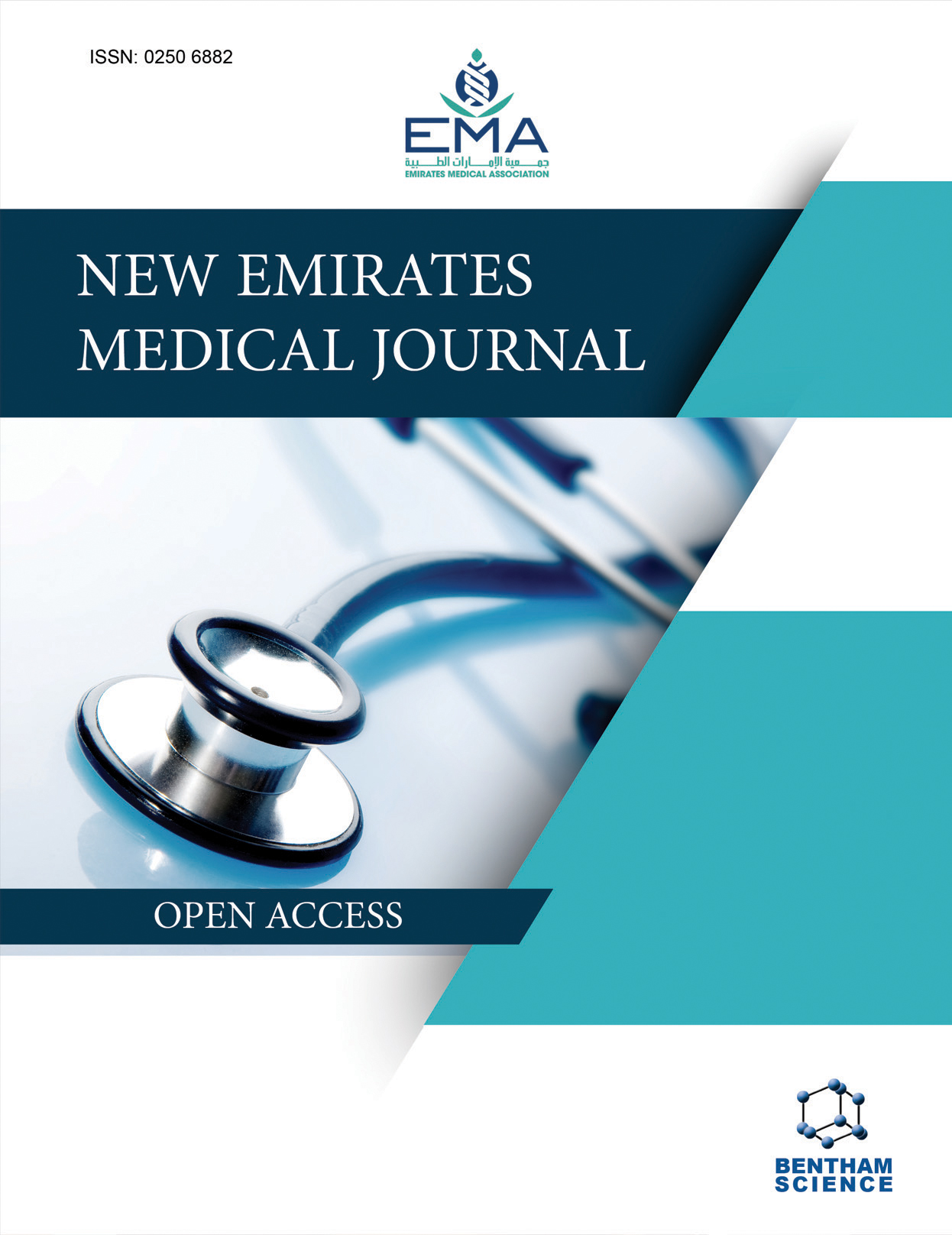-
oa Subclavian Vein Collapsibility as a Predictor of Fluid Responsiveness in Spontaneously Breathing Hypotensive Patients
- Source: New Emirates Medical Journal, Volume 4, Issue 2, Sep 2023, e280323215035
-
- 19 May 2022
- 23 Feb 2023
- 13 Jun 2023
Abstract
Volume replacement remains the cornerstone of resuscitation in critically ill patients. This study explored the ability of the subclavian vein collapsibility index to predict fluid responsiveness.
In this prospective observational study conducted in the Department of Medicine, All India Institute of Medical Sciences (AIIMS), New Delhi, sonographic evaluation of inferior vena cava and the right subclavian vein was carried out at three time points for hypotensive patients admitted to the emergency department. The study population was divided into two groups: responders and non-responders, based on a ≥ 15% increase in stroke volume following fluid bolus.
Among 45 recruited patients, 33 patients were responders. The area under the ROC curve for SCV CI at baseline to predict fluid responsiveness was 0.745 (95% confidence interval: 0.549 – 0.941; p = 0.014). An SCV-CI of 46% predicted fluid responsiveness in a hypotensive patient in terms of change in stroke volume by 15% following fluid bolus with a sensitivity of 87.88% (95% confidence interval: 71.80% to 96.60%) and specificity of 66.67% (95% confidence interval: 34.89% to 90.08%). Spearman’s correlation coefficient between IVC CI and SCV CI was 0.59 (p < 0.001, n = 135).
The results of the study demonstrated that right subclavian vein respiratory variation has the ability to predict fluid responsiveness in a spontaneously breathing patient in circulatory shock and correlates with the inferior vena cava collapsibility index. The subclavian vein can be an alternative to the inferior vena cava in predicting fluid responsiveness in spontaneously breathing patients.


